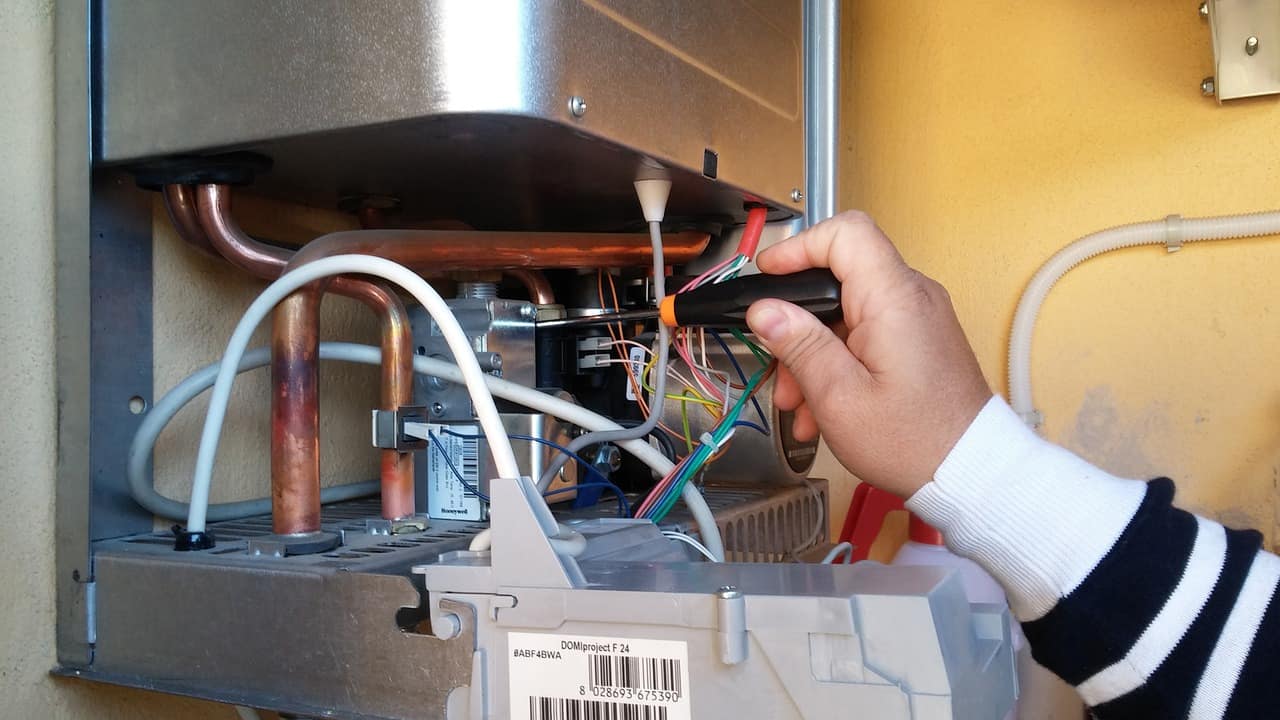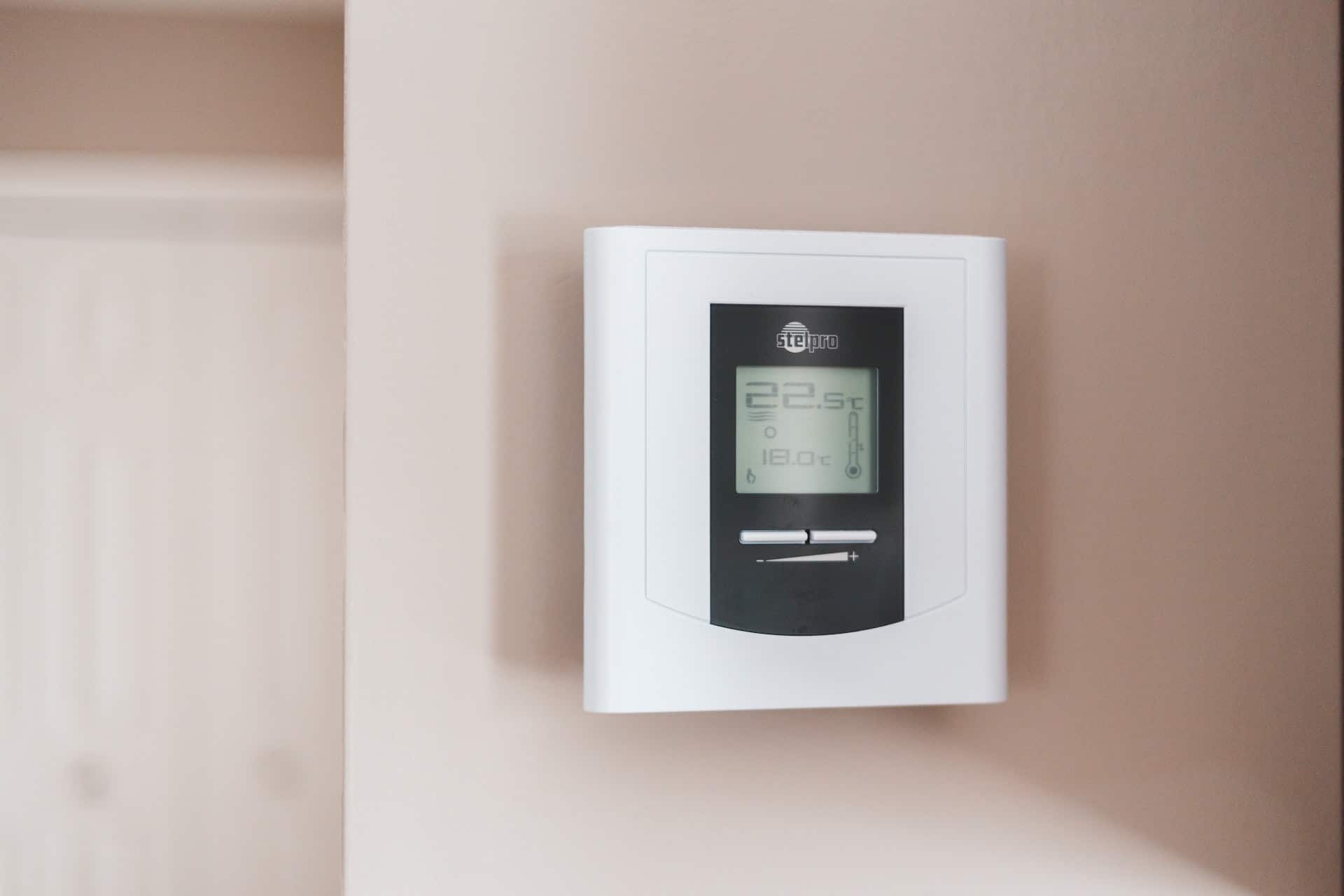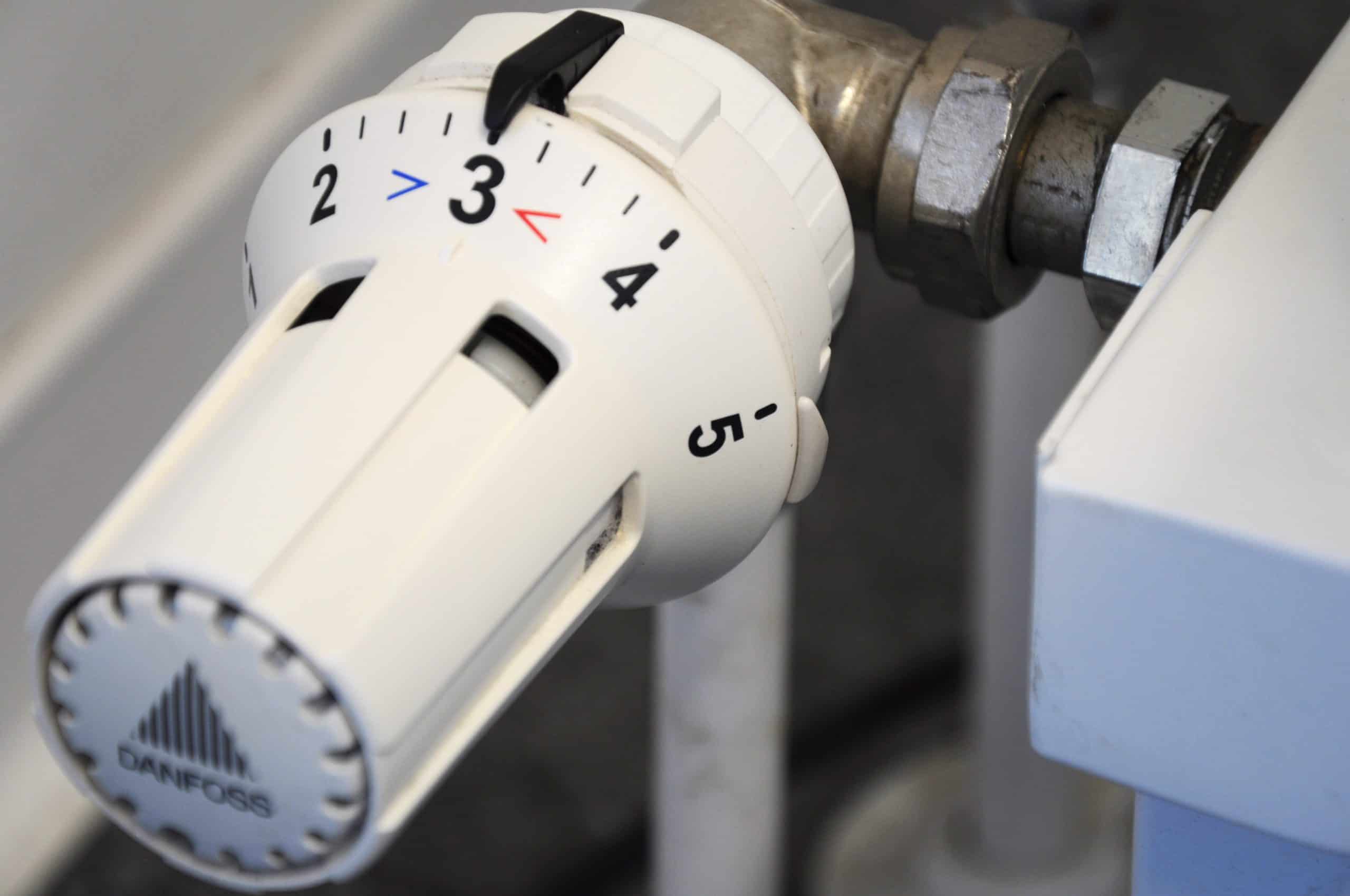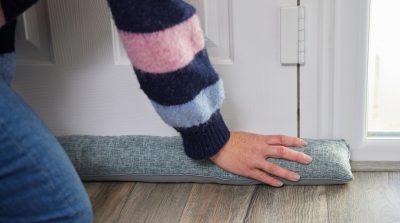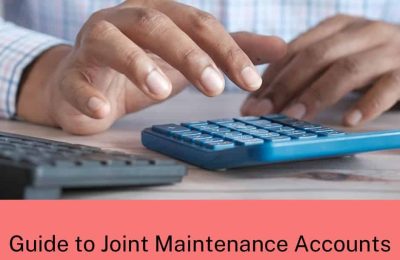Is your boiler ready for winter? The seasons have well and truly turned, and winter is coming – the busiest time of the year for one of the most valuable assets in your home or property – your boiler. So, there’s no better time than now to make sure your boiler and heating system are in tip top shape.
It’s important to make sure your boiler is ready for winter, to ensure that you or your tenants keep cosy, and more importantly, that you don’t face any costly repair bills. Nobody wants to have to pay for fixes to a faulty or leaking boiler when Santa is on his way!
So, here’s a list of simple things you should do now, to make sure your boiler is ready for winter.
5 top tips to protect your boiler and your property this winter
- Get your boiler serviced
Having your boiler serviced annually is one of the best ways of keeping it in the best shape possible.
A full service will include a visual check on the whole boiler, a strip down and clean of the major components, and a check of the ventilation and flue, along with a flue gas analysis. This will identify whether the appliance is burning correctly and more importantly, burning the right amount of gas. The latter is very important right now with energy bills skyrocketing.
In addition, it will also help identify any potential issues quickly and efficiently so that repairs can be made early, before faults worsen, cause more damage and cost more to fix. It’s a win-win.
- Check your pipes and radiators
Making sure your pipes and radiators are in good shape is vital to ensure that your heating and hot water is working as efficiently as it should be. The good news is that you don’t need to be a gas engineer to check this. Simply walk around your home from top to bottom or side to side and go over each radiator and pipe individually.
- Start with the boiler – are all the visible pipes sound? Are there any signs of leaking, wet patches or drips? Any signs of corrosion?
- Now move on to your radiators and pipework – check both pipes feeding into the radiator for leaks and check the flooring and carpets under them for signs of leaking/damp patches. Now check the tops of the radiators too. The bleed screw will be at one end and a cap end will be at the other. Feel these with your finger and check for any leaks. Take a minute to look at the whole radiator top to bottom for signs of rust and corrosion.
It’s advisable to do all these checks both when the heating is cold and when it is hot. The difference in temperature could make a leak more obvious, so it’s worth doing twice.
Do this for all the radiators in your home and if you notice any issues, call a gas engineer and ask them to come and check it out. If there are leaks, shut off the radiator valves at either side to avoid any further damage.
- Bleed your radiators
Making sure there is as little air in your system as possible is extremely important for the health and wellbeing of your heating system and your boiler’s energy efficiency too. As a rule, radiators which are colder at the top than at the bottom usually need bled. This is because the air at the top isn’t being heated by the boiler, making your boiler work harder to heat the rooms.
This is also a very easy check you can do yourself, no engineer required. You will just need a couple of things to do this:
- a dry cloth or piece of kitchen paper
- a radiator bleed key

If you open a bleed valve and there is a hissing sound of air escaping, then leave the bleed valve open until water is present, before closing it again. Make sure you have your paper towel/cloth ready to catch any drips of water.
It’s worth noting that if you do remove air from the system, then it’s likely you will need to top up the water pressure. This leads us nicely on to our next tip…
- Check your boiler pressure (if your system is pressurised)
Making sure there is enough water in your heating system is a must. To do this, all you need to do is locate the pressure gauge on your boiler or heating system. This will either be located on the front of your appliance or just underneath. A pressure gauge looks exactly like the pressure gauge on a bike or car tyre pump and will have numbers 0-4 on display.
The ideal pressure for a cold central heating system is between 1.0Bar – 1.5Bar. If your central heating has been on for a while then you may find the pressure reading a bit higher than this – there’s no need for alarm though, as there is a natural pressure increase in the system when it’s hot.
However, if your pressure is close to, or above 3.0Bar then this indicates an issue and you should call a gas engineer straight away.
If your boiler pressure is below 1.5Bar then you will need to top it up. To do this, you will need to find the filling loop. This could either be under the boiler attached to the boiler isolation valves, under the boiler with a big silver loop joining two pipes together or somewhere else in your heating system. Other typical places to look include under your kitchen sink, in an old airing cupboard, behind a pipe box under the boiler or next to the boiler. If you cannot find your filling loop, you will need to call a professional to help you locate it.
If your system is not pressurised, then you will not have a filling loop. Instead, you will have a header tank. This is a small plastic tank, usually located in the loft of a property, next to the cold water storage tank. To check this, all you need to do is sweep away the cobwebs in the loft and locate the tank. Then:
- make sure the tank is in good condition with little to no debris or scale in it
- make sure that the float valve is working, by pressing down on the float to see if water comes through the valve
- make sure the tank has an insulation jacket and tight-fitting lid
- Adjust your controls
Aside from turning them off altogether, adjusting your boiler and heating controls is probably the easiest and most cost-effective way of reducing energy bills this winter.
Most properties will have three sets of controls:
- Boiler temperature controls – these controls adjust the internal temperature of the boiler for both heating and hot water settings (provided it’s a combi boiler).
- External room thermostats or programmers – these controls regulate the temperature of the heating within the property and allow you to set times for the heating to come on, without you having to switch it on.
- Thermostatic radiator valves – these allow you to adjust the temperature of individual rooms, which is a great way of lowering your energy bills.
So, which of these should you adjust? The simple answer is – all of them!
For your boiler controls you should set the internal heating temperature to between 70-75 degrees Celsius. This allows the heating to work quickly and to remain efficient when it starts to reach this temperature.
Your hot water temperature should be set above 60 degrees Celsius. This reduces the risk of harmful bacteria growing inside your pipes. Don’t worry, your hot tap water won’t be 60 degrees – the water will start to cool down on its way from the boiler to the taps. If it’s still too hot to use, you can just mix in some cold.
Your room thermostat is your own judgement call – it can be affected by lots of different factors, such as where it’s located and how sensitive it is. A good starting point is to set this between 18-21 degrees Celsius as this should give a nice ambient temperature throughout your property. If you find it a little hot, turn it down by one. Vice versa, if it’s a little cold.
Your Thermostatic radiator valves can be used to regulate temperatures of individual rooms and spaces. These should be set at number 3 as this will give a room space temperature of around 20 degrees. Again, if this is too hot or cold then just adjust accordingly. If there are rooms you don’t use, then set these to 1. This will ensure the room does not suffer with any damp issues but will also reduce your fuel bills.
Find your local Gas Safe registered engineer
When you’re making sure that your boiler is ready for winter, it’s important that your annual boiler service and any repairs are carried out by a reputable, Gas Safe Registered engineer. It’s dangerous for anyone else to undertake these works and may be illegal. You can find your local registered engineer on the Gas Safe Register website.
